
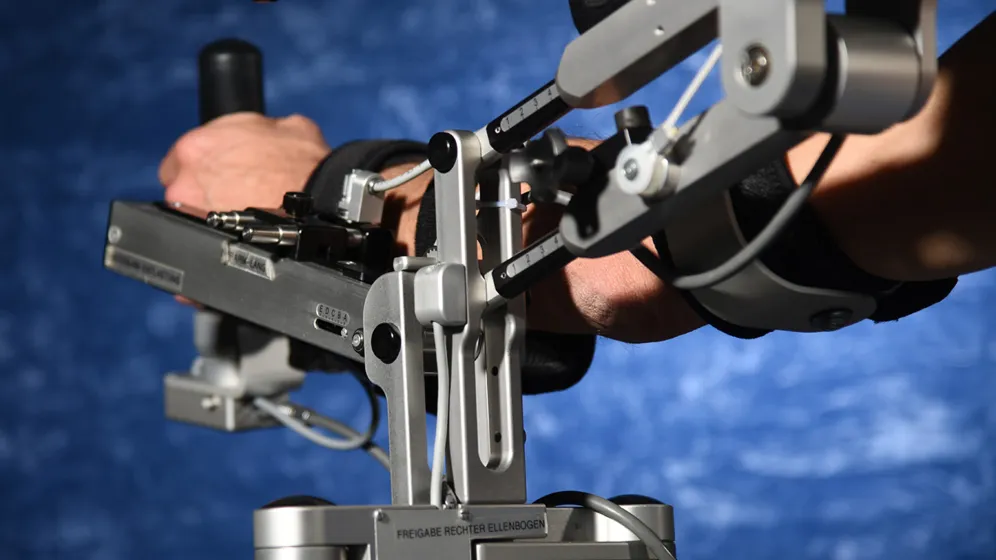
Robots that get paralysed muscles moving, walking aids that replace the wheelchair: assistive technologies are gaining ground and there are great expectations of revolutionary discoveries. The objective of technology is to provide optimal support for people with a disability in order to make their lives easier.
The Swiss Paraplegic Centre (SPC) supported the ETH by means of a cooperative partnership for the development of the “Varileg” robotic walking aid.
Robotics are already part of day-to-day therapy in the SPC. Assistive technology is an integral component in the rehabilitation of people with a spinal cord injury. Robotics support patients as they regain their motor abilities. We also use them in the therapeutic area to alleviate spasticity and pain. A robot-assisted device basically makes it possible to perform a movement that people with a spinal cord injury would not be able to perform without support.
Robotics are particularly helpful in cases with residual nerve and muscle functions. The aim is to stimulate these nerves and muscles again and to train them. The nervous system can be activated by means of numerous repetitions. “It learns when we repeat the same movement thousands of times.”
Robotics cannot perform miracles. In the vast majority of cases, it is neither possible nor the aim for people with a spinal cord injury to use a Lokomat or Motionmaker to learn to walk completely again. Instead, the aim is to reach goals that have been set together. For example, turning over in bed, lifting the legs slightly during a transfer from the wheelchair into the car, or moving the fork to one's mouth. These are all important skills that make things significantly easier for people with a spinal cord injury in their day-to-day life.
Your path to outpatient robotics therapy
Various robotic devices are used at the SPC:
Administration office hours
Monday to Thursday:
7.30 am to midday
13.30 pm to 5 pm
Friday:
7.30 am to midday
13.30 pm to 4 pm
Our specialists
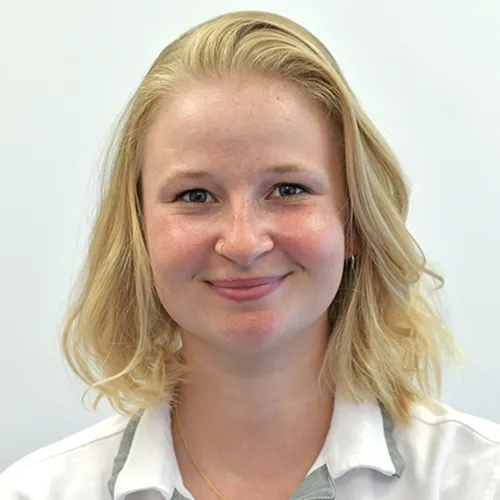
Flavia Bürgisser
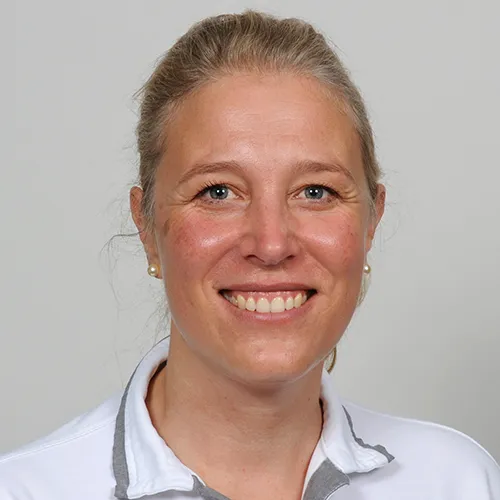
Jessica Decker
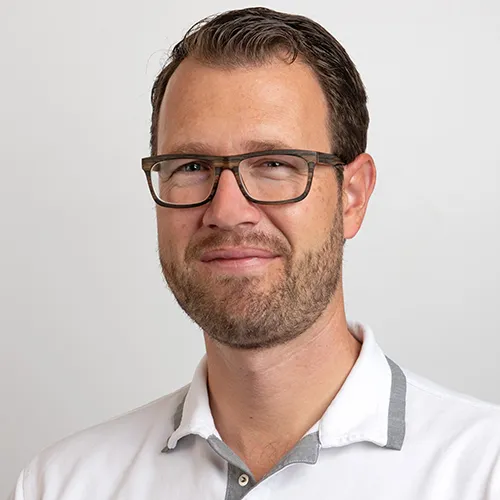
Pirmin Oberson
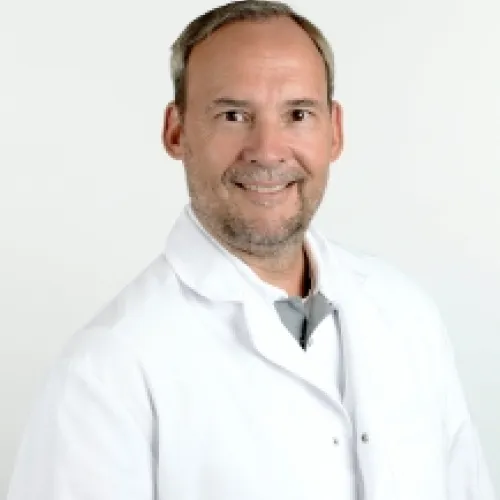
PD Dr. med. Dr. sc. nat. Björn Zörner
Contact
Therapy Administration
Werden Sie jetzt Mitglied und erhalten Sie im Ernstfall 250 000 Franken.
Spenden Sie jetzt und unterstützen Sie unsere Projekte zugunsten von Querschnittgelähmten.
